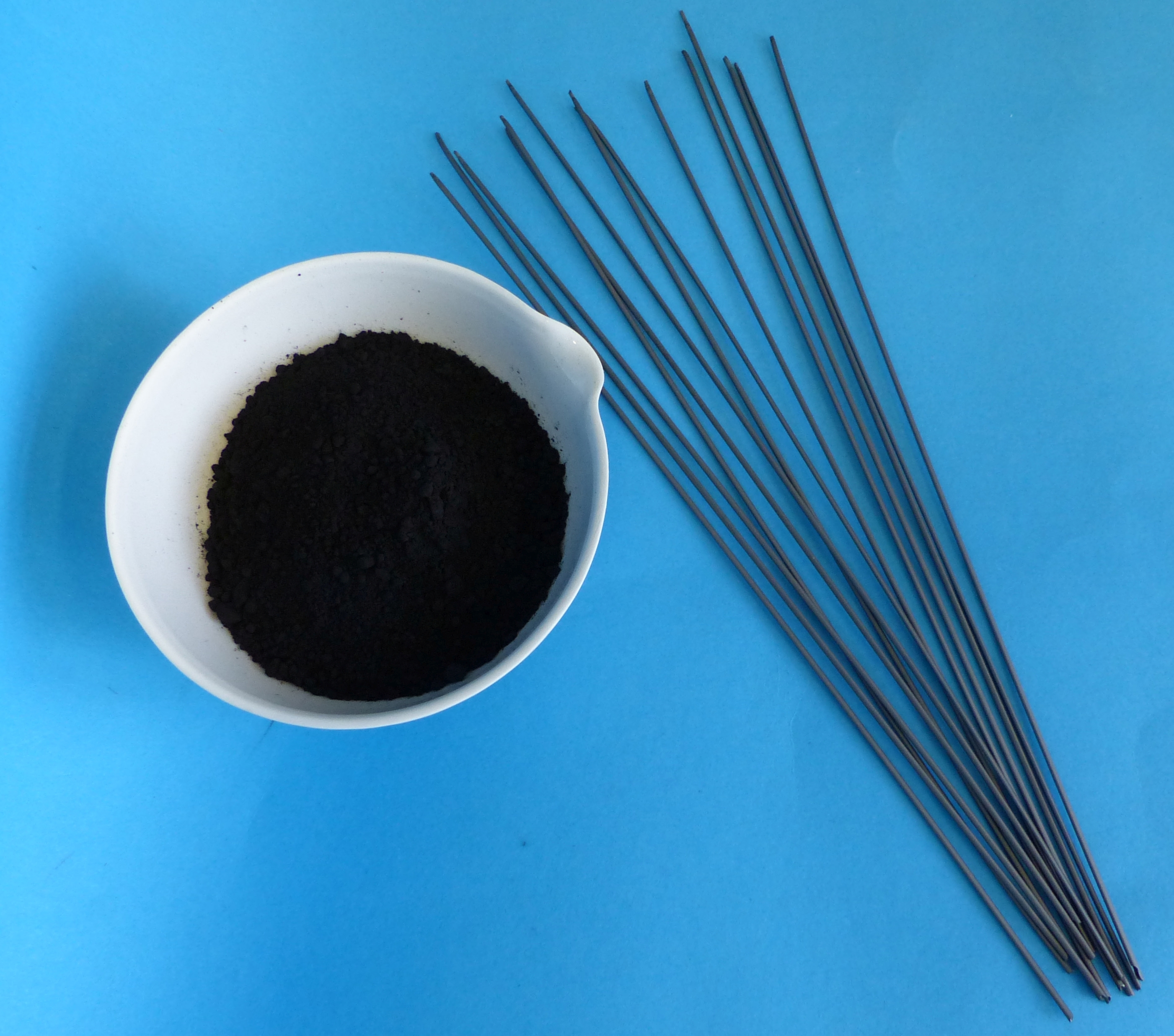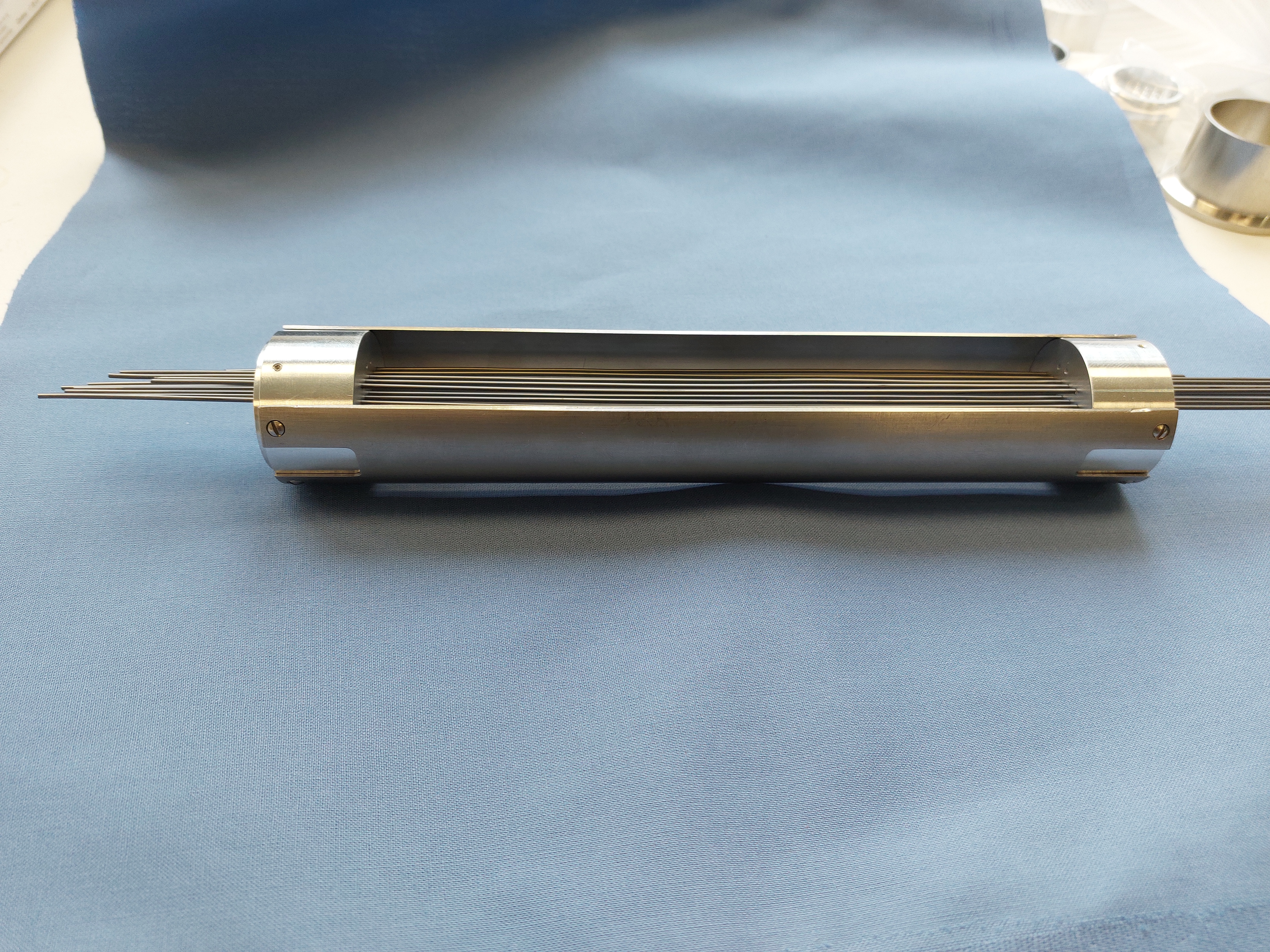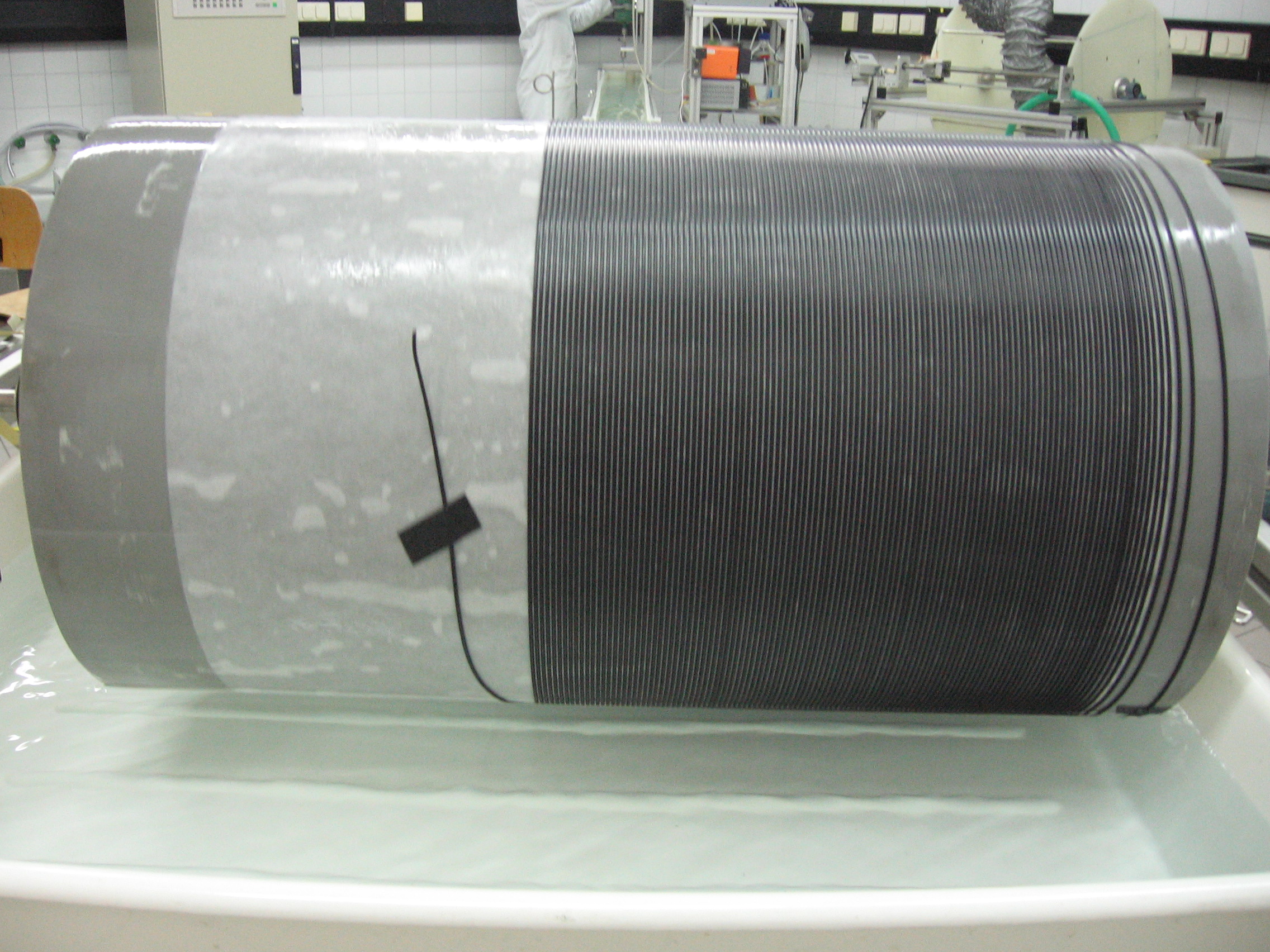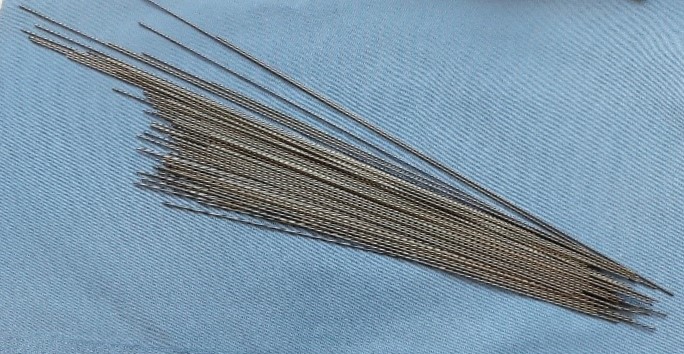The NexPlas project aims at the innovative combination of a plasma process with a membrane process for the synthesis of higher-value basic chemicals from CO2 and "green hydrogen". The focus of the work at the IGB is on the upscaling of the individual process areas. In addition to membrane production, work is being carried out in particular on the integration of multi-fiber module systems in a plasma torch. To this end, a dedicated microwave plasma reactor has been set up at Fraunhofer IGB.
NexPlas – NEXT GENERATION PLASMA CONVERSION: Integration of green hydrogen into the plasma conversion of CO2
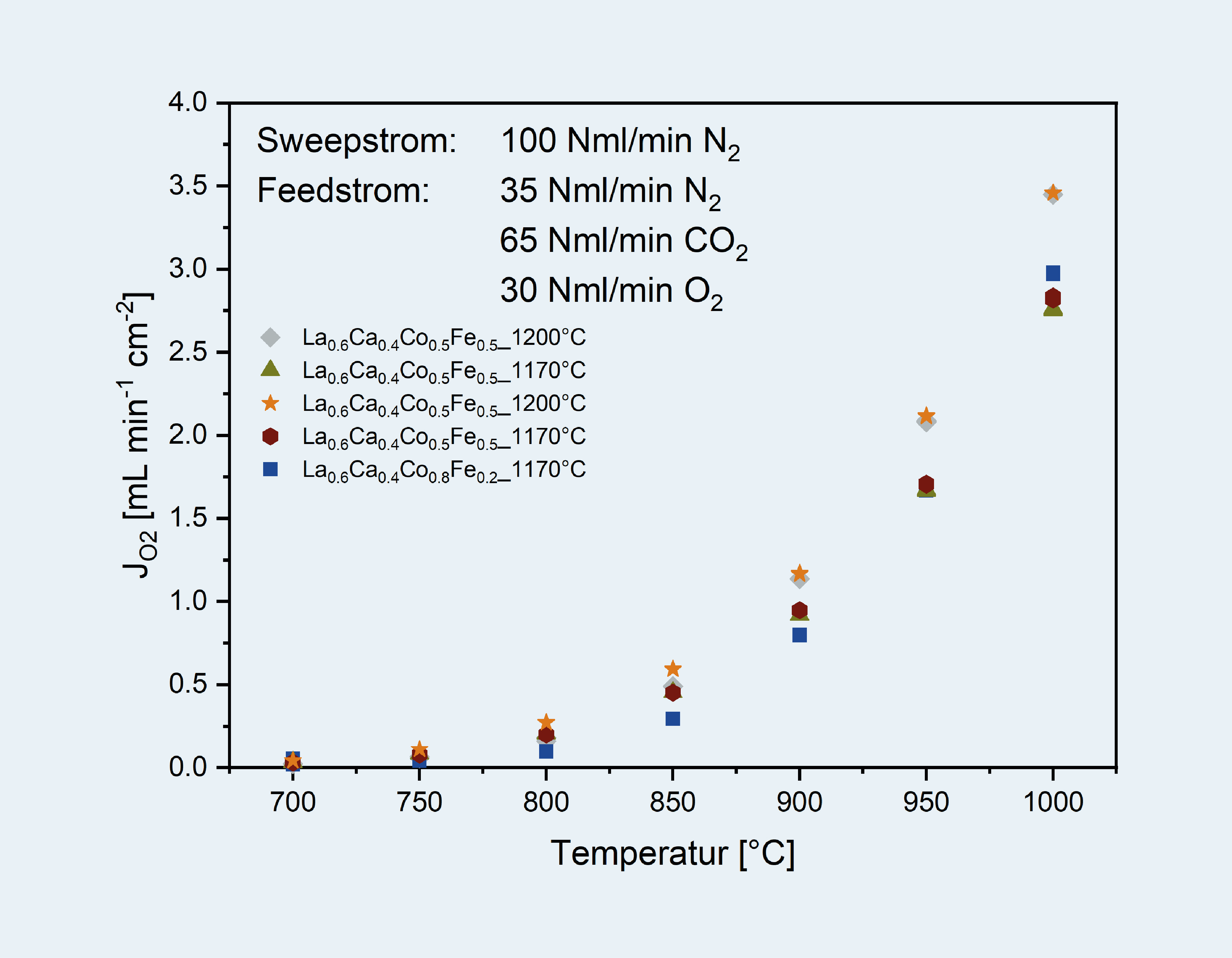
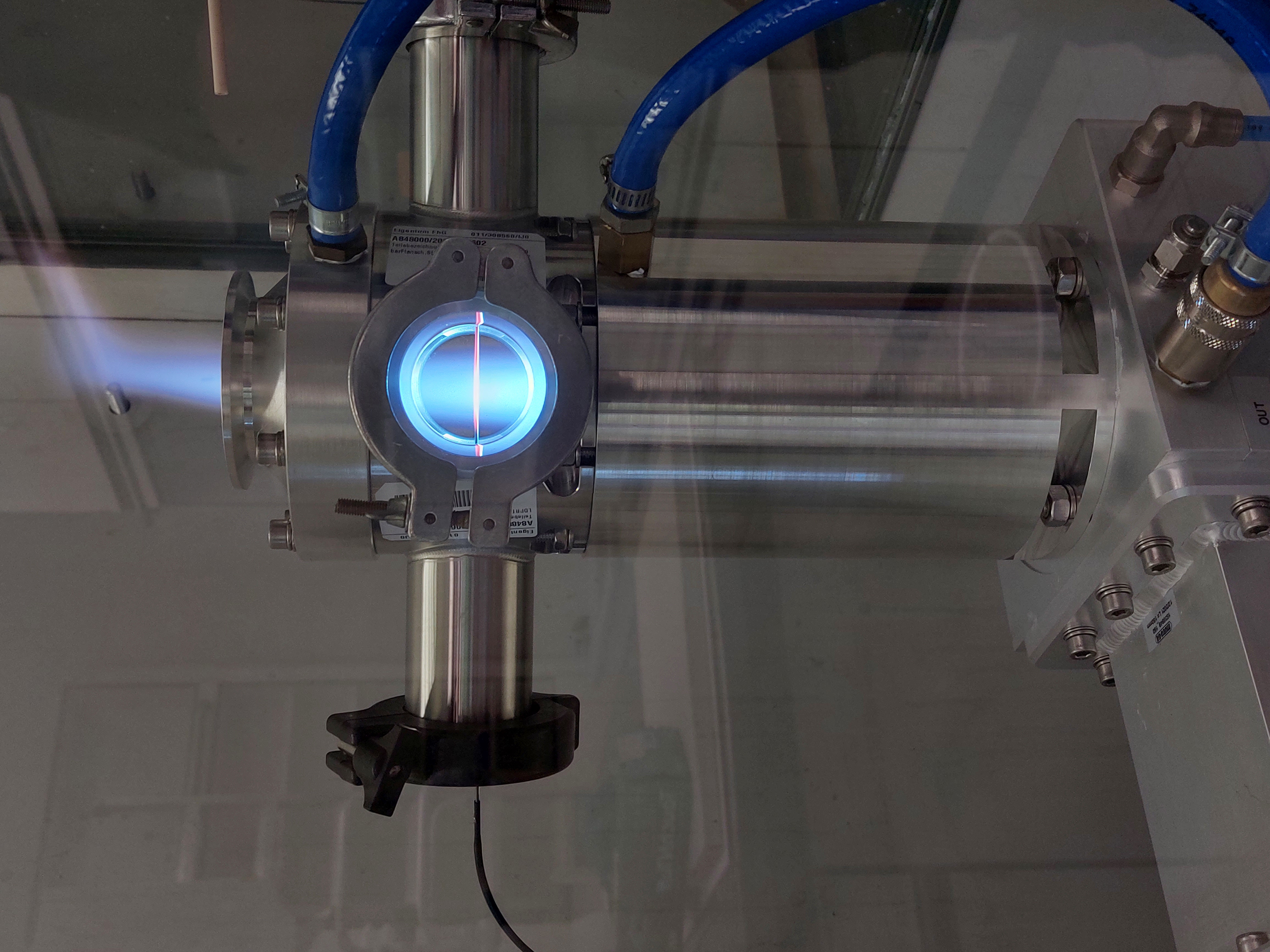
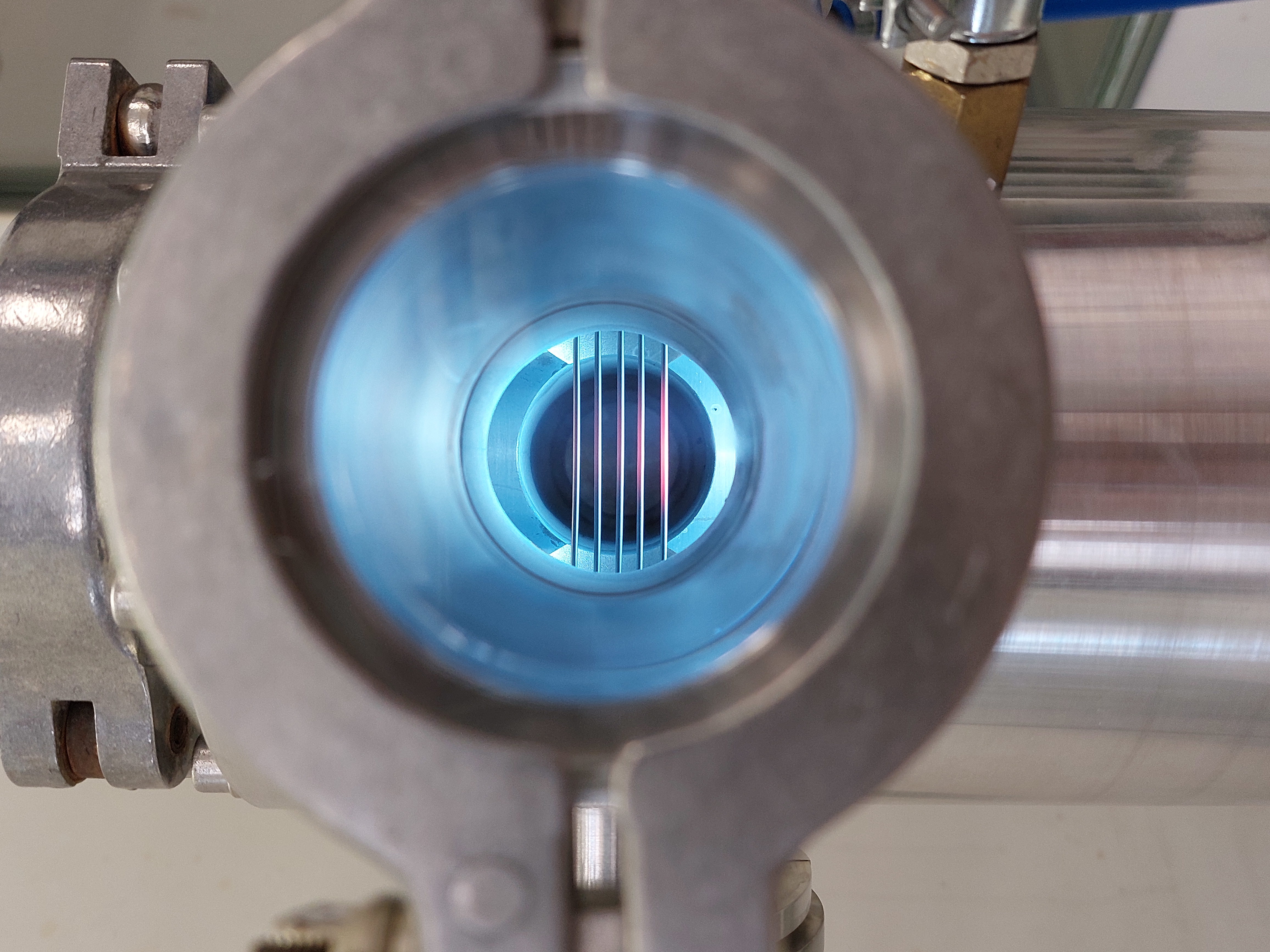
The NexPlas project aims at the innovative combination of a plasma process with a membrane separation for the synthesis of higher-value basic chemicals from CO2 and "green hydrogen" using methanol as an example.
The scientific-technical objectives to be researched are the elaboration of the plasma-physical and -chemical fundamentals in a CO2/hydrogen plasma, the material-scientific challenges of developing suitable materials which are subsequently processed into membranes, the integration of the membrane process for the removal of excess oxygen in the plasma reactor and the targeted control of the overall process to the product methanol as well as the (excess) power available in the power grid.
With on-site production as well as "on-demand" availability, the "green hydrogen" in the form of the liquid methanol can be integrated into an existing infrastructure with a high energy density and product safety. The NexPlas project contributes a building block for the feasibility of the energy transition and hydrogen economy.
The NexPlas project builds on the results of the PiCK project. The manufacturing process already established there has enabled various new ceramic materials to be processed into gas-tight hollow fibers. These include various so-called perovskites such as LawCaxCoyFezO3-δ (LCCF) with different compositions, as well as dual-phase materials such as 40 wt% Ce0.9Pr0.1O3-δ + 60 wt% La0.5Sr0.5Fe0.9Cu0.1O3-δ. Some of the results of the O2 permeation measurements are shown in Figure 1.
In particular, one focus of the work at the IGB is the upscaling of the individual process areas. To this end, the manufacturing process (wet spinning and sintering) has been optimized to such an extent that 100 gas-tight hollow fibers with a length of 34 cm can now be produced per week (Figure 5-6). Furthermore, research is being carried out on the integration of multi-fiber module systems in the plasma torch so that a larger amount of oxygen can be discharged from the plasma system (Figure 4). For this reason, a dedicated microwave plasma reactor has been set up at Fraunhofer IGB, allowing the fibers produced to be tested in the plasma both as single fibers (Figure 2) and in modules (Figure 3).
Project information
Project title
NexPlas – NEXT GENERATION PLASMA CONVERSION: Integration of green hydrogen into the plasma conversion of CO2
Project duration
March 2021 – February 2024
Project partners
- University of Stuttgart, Institute for Interfacial Process Engineering and Plasma Technology, IGVP
- Muegge GmbH, Reichelsheim, Germany
- PLASUS GmbH, Mering
- Darmstadt University of Technology, Department of Materials and Earth Sciences, Materials and Resources MR-TUDa
- Fraunhofer Institute for Interfacial Engineering and Biotechnology IGB, Stuttgart, Germany
- RTM Resources +Technologies-Management
- Evonik CREAVIS GmbH, Science & Technology, Membranes, Marl, Germany
Funding
We thank the German Federal Ministry of Education and Research (BMBF) for funding the »NexPlas« project, grant number 03SF0618C.
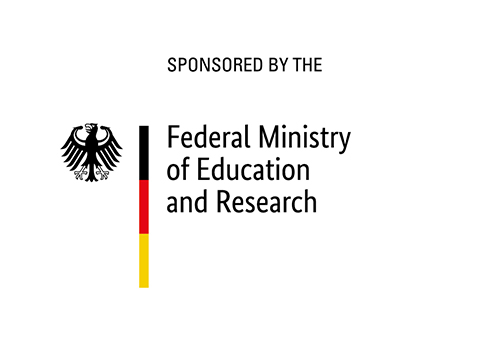
 Fraunhofer Institute for Interfacial Engineering and Biotechnology IGB
Fraunhofer Institute for Interfacial Engineering and Biotechnology IGB